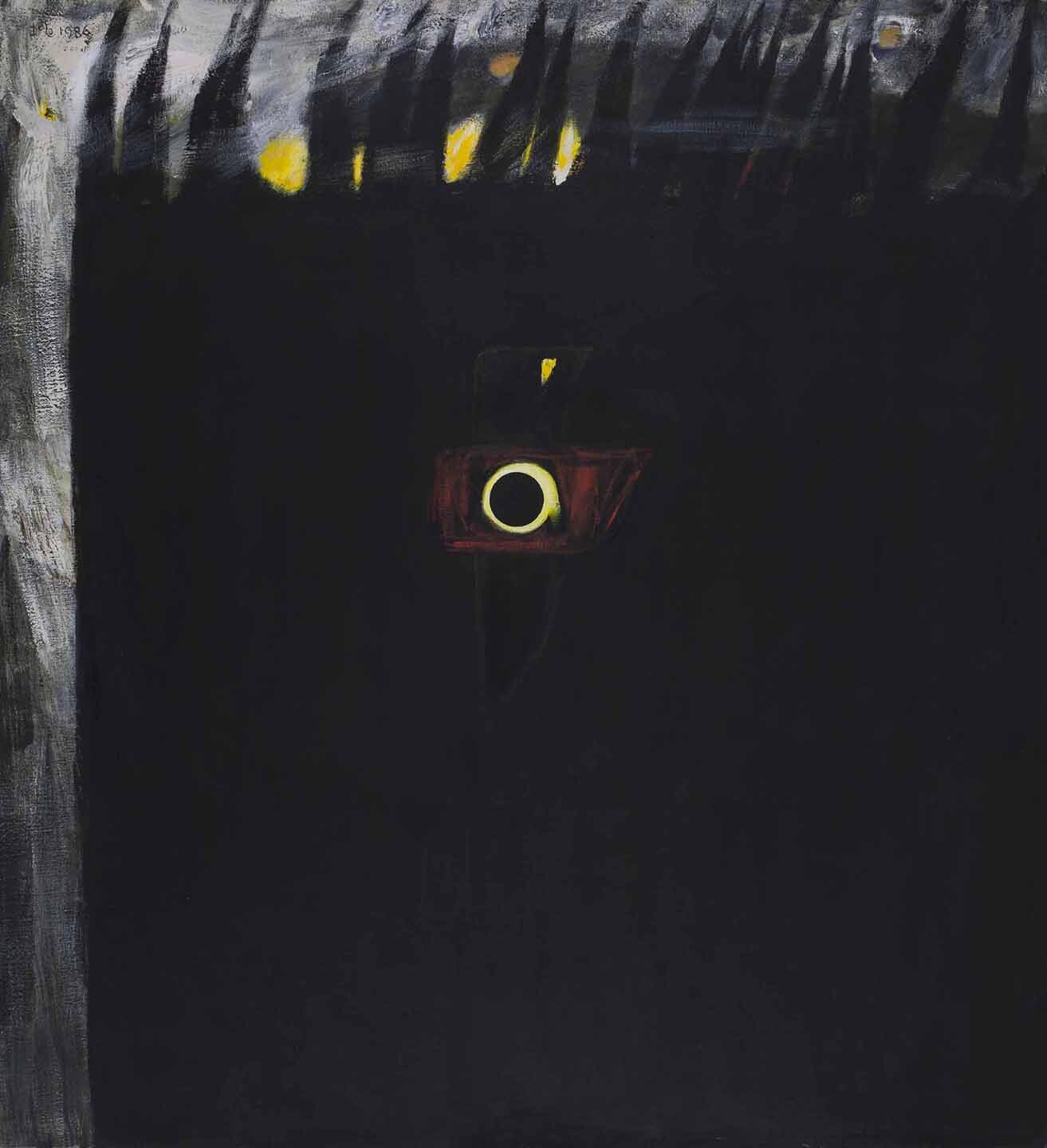Dancing Notes: New Works by Pang Tao
July 14–November 11, 2018
50 Xingshikou Rd, Haidian District
Sector-A, Inside-Out Artist Colony
100195 Beijing
China
Hours: Wednesday–Friday 11am–6pm,
Saturday–Sunday 10am–6pm
T +86 10 6273 0230
info@ioam.org.cn
Curated by Carol Yinghua Lu, Notes: New Works by Pang Tao is the third exhibition in a series of projects to revisit the historical scenes of the Chinese contemporary art, conceptualized by Inside-Out Art Museum since January 2017.
Pang Tao was born in 1934 in Shanghai. When the Cultural Revolution ended in 1976, she was in her middle age. With the onset of ideological liberation and creative freedom at this time, Pang Tao embarked on an active period of artistic practice. Her initial education of art had come from her family. Her father, Pang Xunqin, and her mother, Qiu Di, were both active artists in the modern art movements in China around the 1930s. In 1949, Pang Tao started her study at the National Hangzhou School of Art and two years later, transferred herself to the Painting Department of the Central Academy of Fine Arts till she finished the graduate school in 1955. After that, she stayed at the academy as a teacher.
For decades, realism had been regarded as the rule of thumb in art education and creative practice within Chinese art academy. With the end of the Cultural Revolution, such homogeneity no longer existed and innovative ideas started to grow. Against a liberal background of the 1980s, a new trend of art was on the rise. It set out to liberate experimentation of forms and languages in art from expectations of political propaganda and control. It was then that Pang Tao delved into extensive explorations of modernist paintings.
Soon she made headways on several fronts: subverting customary ways of composition; abstracting landscapes, turning figurative images into graphic shapes; playing with colors of great contrasts in great depth; re-appropriating and re-configuring traditional Chinese cultural icons; systematically analyzing and researching into painting materials, as well as experimenting with various art mediums. These practices, extended from thinking about art itself, can be attributed both to the individual artist and to the overall atmosphere of the time. Pang Tao shared the urge of her peers who wanted to return to the study and experimentation of art and forms. She approached it with the modernist experiences that her family had passed on to her in her childhood. She was one of the best among the mid-aged artists who dedicated themselves to the full exploration of art in the 1980s.
Pang Tao’s practice blossomed and grew considerably, at a time when conceptualism was taken as essential to the innovation of art. As a result, her investigation into artistic issues did not get immediate recognition. On the contrary, her practice was neither appreciated in the modernist school propagated by the New Wave art of the mid 1980s, nor were her approaches welcome by the relatively conservative forces in the art establishment. Still she was absorbed into her own field, furthering the complex and rich modernist explorations of the two generations of artists before and after 1949. In the last four decades, Pang Tao’s exploration has come to impressive fruitions at different points of her career. Today in her 80s, Pang Tao continues to push her work further.
With Pang Tao’s new works on paper as a prologue, this exhibition explores the artistic issues embedded in these works and traces them back to major works in every stage of her practice since the late 1970s. This exhibition presents her works by paying close attention to her nuanced and rich artistic languages and addresses her various artistic concerns in different spaces of the museum, establishing organic links between works and her concerns, and reflecting the historical space she lives in and its inherent texture. This study of Pang Tao is informed by a holistic perspective to examine the multiple trajectories of interactions between art and politics within the framework of “state transformation” in the contemporary history of China.



